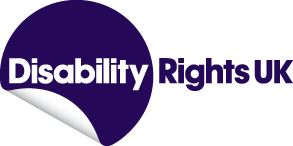Disabled people's poverty worse than govt estimates
New report reveals that people with a disability are much more likely to be living in poverty than previously thought.
This Social Metrics Commission report, A new measure of poverty for the UK, takes a different approach to looking at poverty in the UK. The report looks at how much people have to spend and the unavoidable costs that affect this.
These costs include rent or mortgage payments, childcare and the extra costs of disability.
The report also looks at the importance of ‘liquid assets’ such as savings and stocks and shares. The Social Metrics Commission believe this reflects more accurately the realities and experiences of living in poverty.
The report finds:
“People with a disability are much more likely to be living in poverty. Nearly half of the 14.2 million people in poverty live in families with a disabled person (6.9 million people equal to 48.3% of those in poverty). The SMC metric recognises the inescapable costs of disability, accounting for them alongside the value of disability benefits, to reflect the lived experience of living with a disability.”
“The existing evidence demonstrates that disabled people face extra costs to do the same things as those without a disability. This means that they incur inescapable (and highly differentiated) costs that reduce their available resources. It is also likely that these extra costs are, at least in part, responsible for the fact that measures of material deprivation are much higher for disabled families than for non-disabled families with the same level of income.
"In recognition of these extra costs, many disabled families are in receipt of extra-cost disability benefits like Personal Independence Payment (PIP), Disability Living Allowance (DLA) and/or Attendance Allowance (AA). These benefits are typically included in measures of net incomes … without an offsetting recognition of the increased costs of disabled families that these payments exist to help with. This results in many disabled families incorrectly appearing to have resources sufficient to lift them above the poverty line.”
